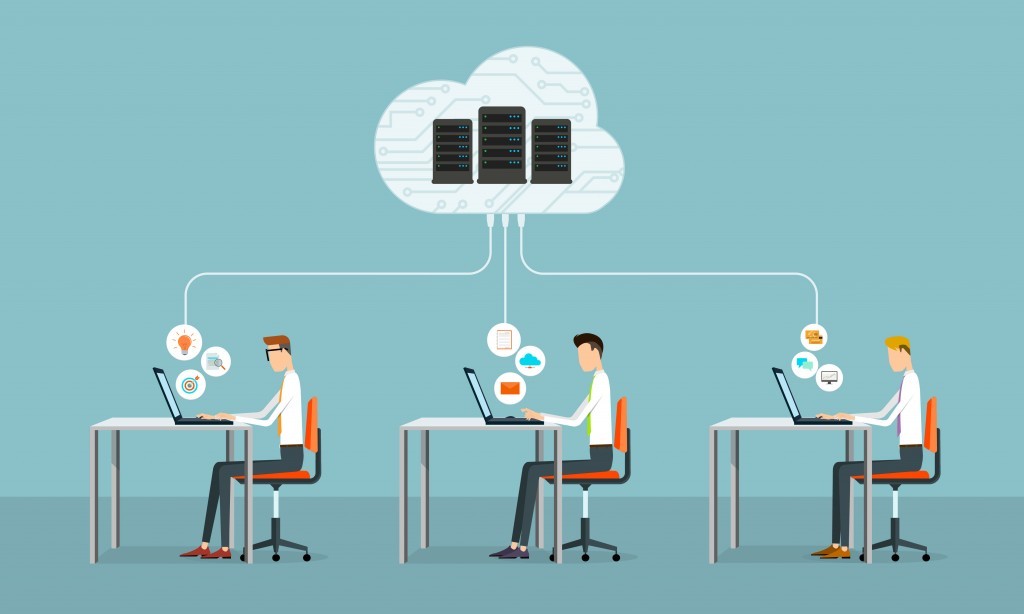5 Advantages of a Cloud-based LMS

Cloud-based learning management systems (LMS) have many advantages. Including lower costs and easier administration. Here are five reasons why you should consider using a cloud-based LMS over traditional on-site software.
Advantages of cloud-based LMS
Cloud-based LMS has many advantages over traditional solutions. Here are five of the most important ones:
- No need for IT support or infrastructure. With cloud-based LMS, you don’t need to worry about installing and maintaining a local server or network infrastructure. The software runs on your own servers and is accessed by students through the internet.
- Easy to scale up or down with no downtime. If you want more users or course content at one time. All you have to do is increase the resources allocated to your cloud-based LMS system (e.g., RAM). You can also decrease them when demand subsides (e.g., CPU speed). This flexibility makes it easy for organizations that may be growing quickly. But still, have limited budgets because they’re not sure how long their needs will last in advance. This way there’s less risk involved in planning ahead too far out beyond what seems reasonable based on current usage patterns alone.”
Cloud-based course management system
Cloud-based LMS is more secure than on-premise LMS.
Unlike traditional learning management systems. Which are often hosted on the premises of a school or institution. Cloud-based learning management systems (LMS) allow students and instructors to access. Their content from anywhere they can connect to the internet. This makes it easier for your organization to expand its reach without having to worry about maintaining physical server rooms or installing large amounts of equipment in remote locations.
Because cloud-based LMS platforms are accessible from anywhere at any time (and not just within the confines of your own network), they’re also more secure than traditional approaches–as hackers will have less opportunity for entry into these systems because there isn’t as much infrastructure around them.
No credit card is required to get started, and it is free.
With a cloud-based LMS, you can get started for free. There are no upfront costs or credit cards to worry about, so there’s no risk involved if it doesn’t work out. You don’t have to install any software and there’s no commitment on your part either–you can take it or leave it!
If you’re looking for an LMS that won’t cost an arm and leg but still provides the features you need in order to develop quality learning experiences with your students (and yourself), then consider using a cloud-based tool like Blackboard Learn or Eduardo Cloud.

Easily administer your entire course catalog.
If you’re a teacher and your school uses an LMS, then you know how important it is to have a well-managed catalog of courses. You also know that your students can get stuck in the same rut of learning over and over again.
As an instructor or professor, it’s tempting to want to make all the decisions about what goes into your course catalog–and there are times when this may be true! But in general we recommend against making too many changes on the fly because they could confuse students and make them feel overwhelmed by new content being added all at once.
Instead, we recommend grouping similar courses together so that they remain easy for students to navigate through; this way there’s less confusion when navigating through multiple pages of information at once (which is why some schools use folders).
Reduce IT costs by using a cloud-based LMS.
One of the most important advantages of using a cloud-based LMS is that it will save you money. You won’t have to buy hardware, hire IT staff, maintain the system or upgrade it. It’s also not necessary to have your own server room at all!
Cloud providers offer some great services that are much cheaper than traditional solutions but don’t compromise on functionality or quality because they’re hosted remotely in someone else’s data center (a place where servers are kept).
Some of these benefits include:
Conclusion
Cloud-based LMSs have been around for a long time, but they’re still not as popular as on-premise systems. Why? Because most people don’t understand the benefits of using a cloud-based LMS. Here are five reasons why you should consider switching from your current system to one powered by Google Apps:



